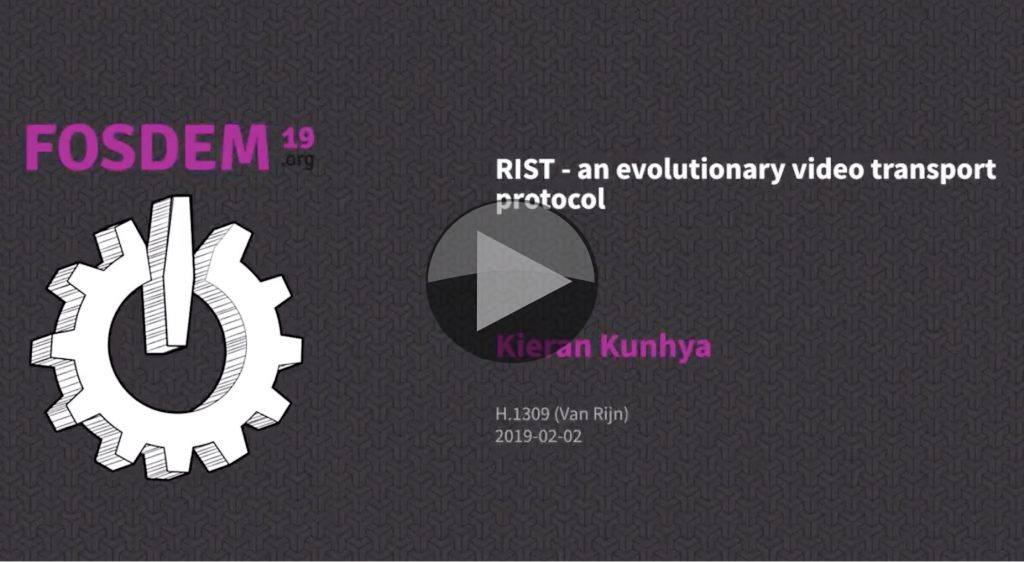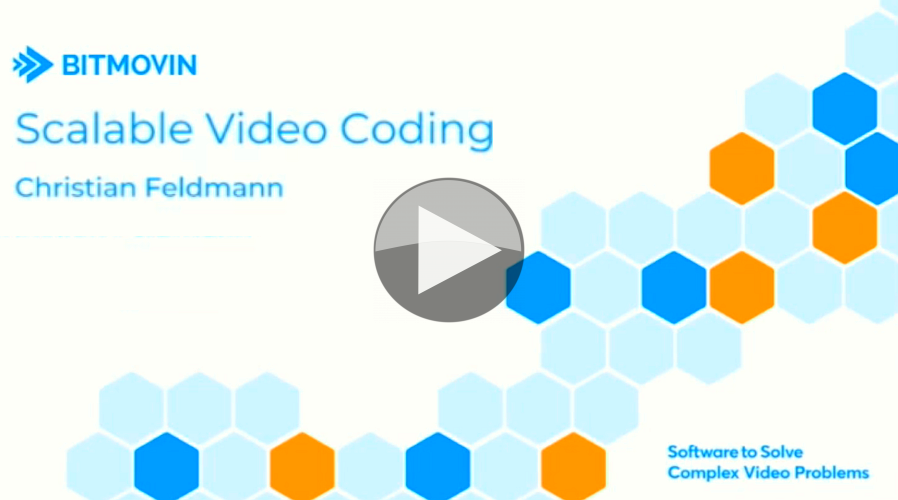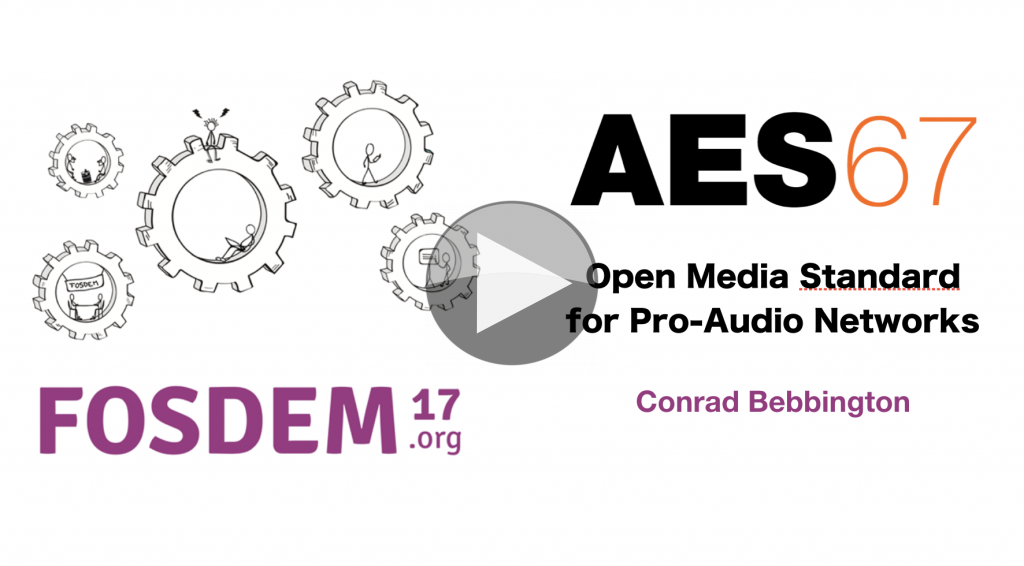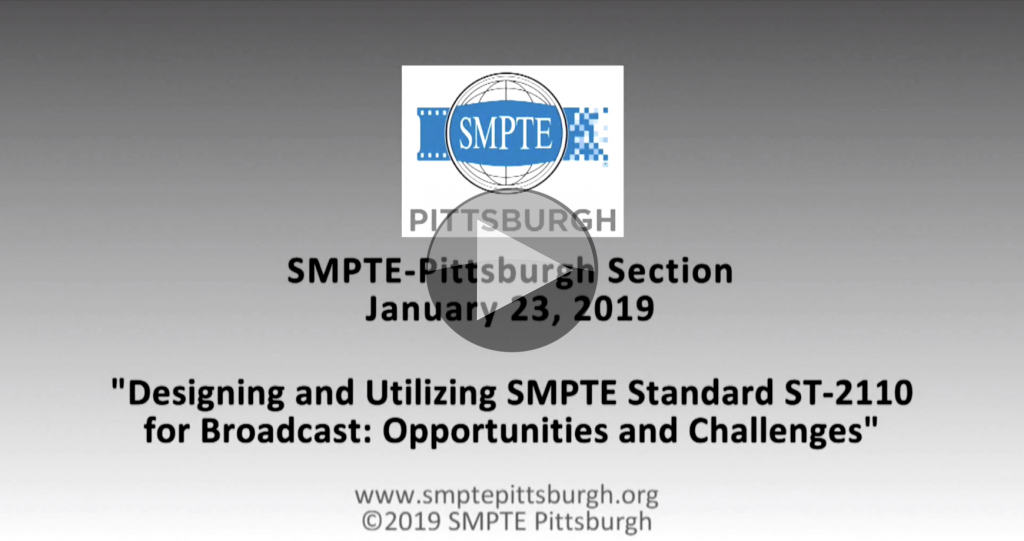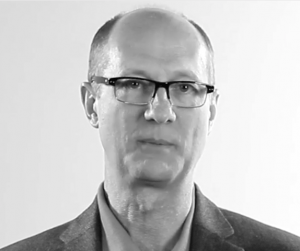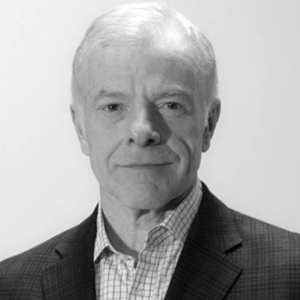Delivering low-latency live-video over the public internet, or any network which sees packet loss is ever a challenge, but recently there have been a number of protocols which have been created to allow this to work.
The problem to be fixed is that packets get lost and when you have a video decoder trying to output 50 images every second, there really isn’t time to deal with missing packets. Protocols such as SRT, Zixi and, now, RIST allow a mechanism which adds a small buffer and a mechanism to request missing data.
This isn’t a problem, in general, for live streaming to consumers on devices or computers such as Netflix or iPlayer because they use HLS or similar protocols based on TCP, but for low-latency streams this is not practical.
In this talk Kieran Kunhya explains more about these basics, the challenges to be overcome and the ways of dealing with them.
He covers:
- UDP & TCP.
- RIST and other similar protocols
- Retransmissions
- Negative Acknowledgements
- Implementations of RIST
- Future plans for RIST
- A live demo
Speaker
 |
Kieran Kunhya Founder, Open Broadcast Systems |

